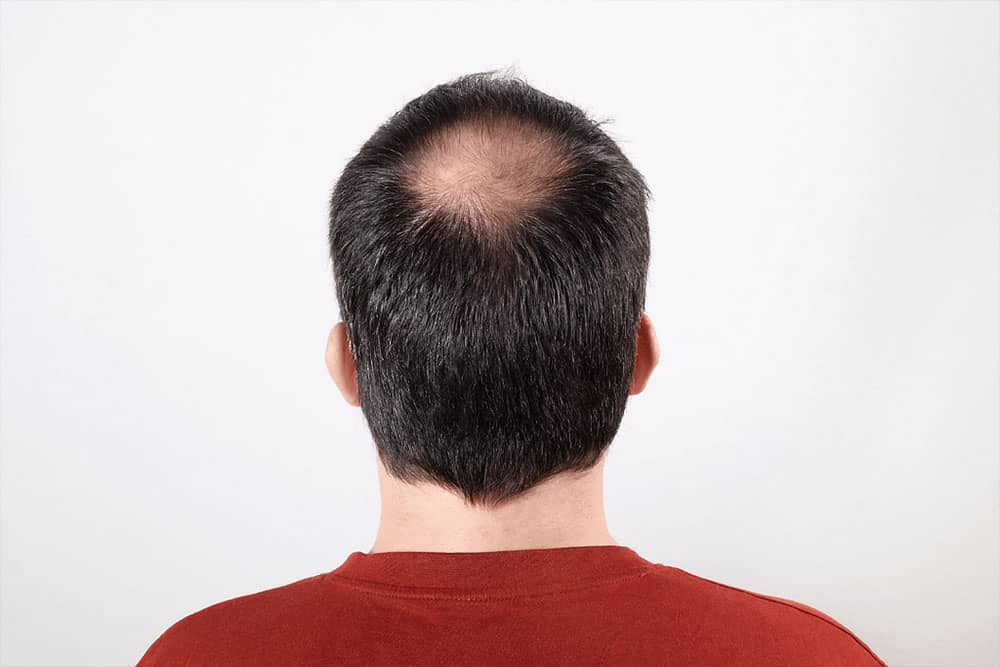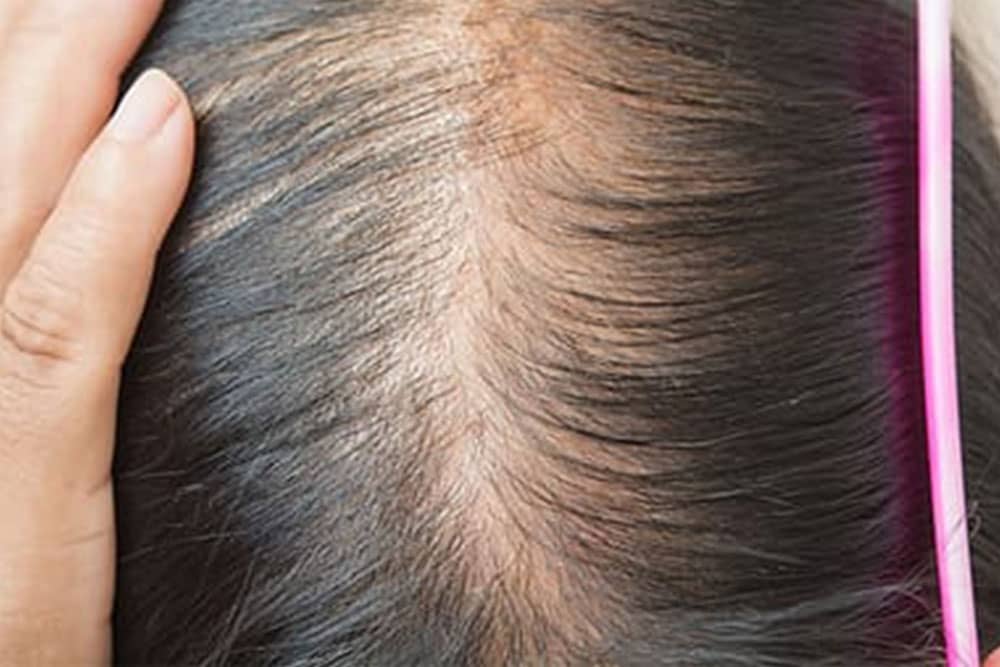Hair Conditions
Pattern Hair Loss
How and Why Hair and Scalp issues have a wide reaching effect
Hair is seen as a defining feature for both Men and Women, often referred to as your “crowning glory”. It is therefore hardly surprising that when there is a problem with the hair that it has a wide reaching effect from mild concern to anxious, depressive disorders in those who suffer.

Male Pattern Hair Loss
Condition
Androgenetic Alopecia or male pattern hair loss is nearly always responsible for hair loss in men.
Male pattern hair loss, typically presents with recession to the temple area, thinning at the crown and gradual loss joining together. Rarely is the hair lost on the sides and the back. The Hamilton and Norwood scale, which uses seven key stages, classifies the degree of androgenetic alopecia.
In male pattern hair loss, the hair miniaturises through each subsequent growth cycle, with the hair follicles becoming smaller, shorter and finer.
The good news is that it can be slowed down with effective treatments if caught early enough, or it’s possible to explore other options such as cosmetic enhancers or transplants.
Cause
Male pattern hair loss is caused by 3 things:
- Genetic predisposition; most commonly inherited from the maternal grandfather.
- Presence of the androgen testosterone.
- Age. Hair loss can start as early as puberty, and the earlier the onset often means the more severe the loss. It’s important to seek advice as soon as possible, in order to have a wide range of treatment options.

Female Pattern Hair Loss
Condition
Female pattern hair loss (FPHL) is a common genetic condition that effects up to 50% of women by the age of 50 years. The hair thins at the front and the crown, partings may seem wider, and the hair is more ‘see through’ causing the scalp to be more visible. FPHL can range from obvious shedding to severe hair thinning.
The severity of female pattern hair loss is categorised using the Ludwig scale. Hair is never lost at the sides or the back and most often the hair line is retained, unlike in male pattern loss.
Cause
The causes of female pattern hair loss are very similar to those for male pattern hair loss:
- Genetic predisposition; generally inherited from the maternal grandmother.
- Age. Loss can start as early as puberty. Postmenopausal thinning, which is quite common in women, is usually related to the reduction of oestrogen levels.
- Increased sensitivity to the presence of the hormone testosterone, produced in the adrenal cortex.
